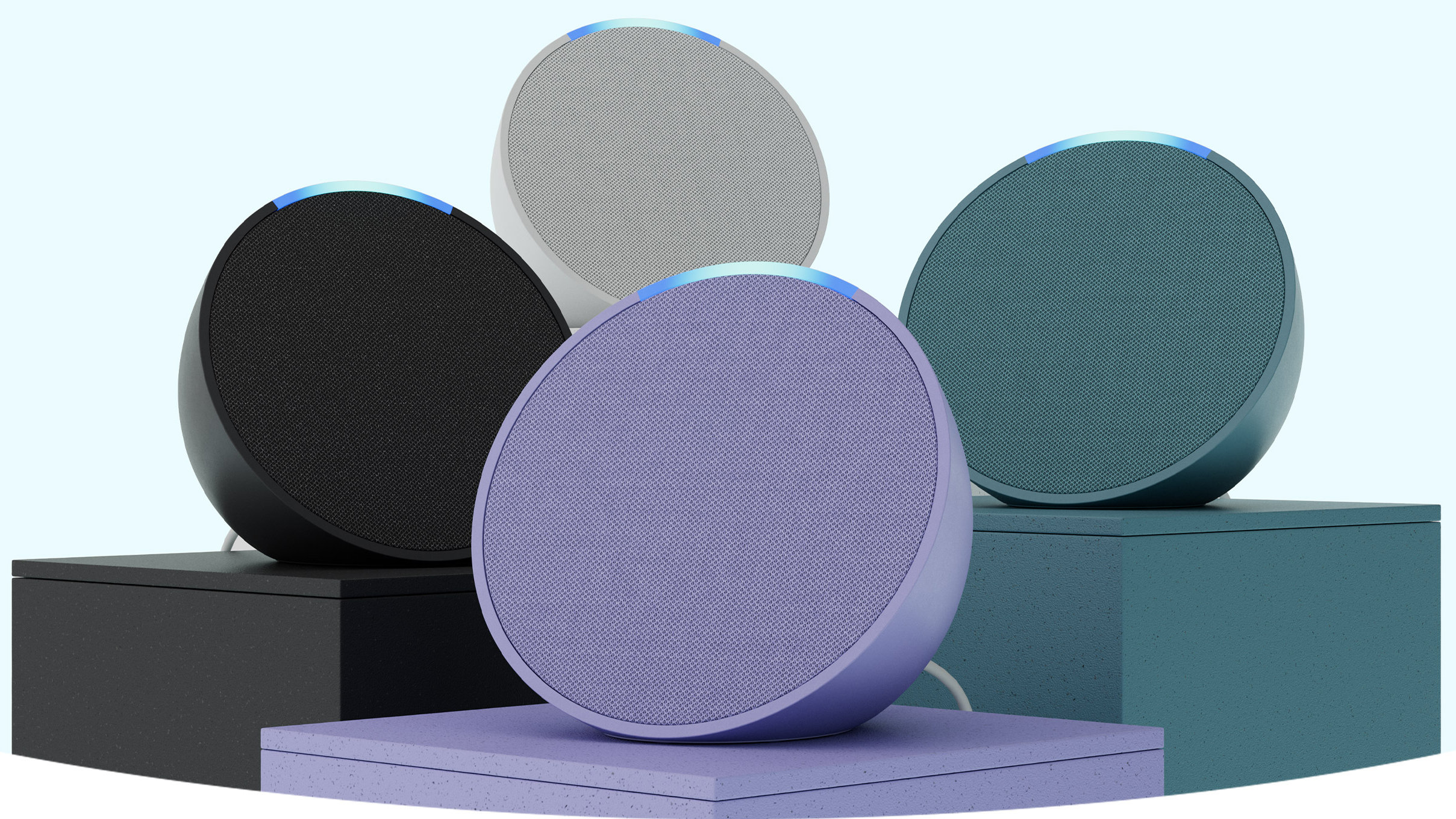What are Functionalized Gold Nanoparticles and Their Applications?
Functionalized gold nanoparticles are gold particles with surface modifications for enhanced stability and specific applications, including medical diagnostics, drug delivery, environmental monitoring, and electronic devices.

Functionalized gold nanoparticles are a cutting-edge innovation in nanotechnology, offering unique properties that make them invaluable in various fields such as medicine, electronics, and environmental science. These nanoparticles consist of a gold core surrounded by a shell of molecules that provide specific functions, hence the term "functionalized." This article explores the nature of functionalized gold nanoparticles, their synthesis, properties, and wide-ranging applications, with a special mention of NNCrystal US Corporation's contributions to this advanced technology.
Understanding Functionalized Gold Nanoparticles
Gold nanoparticles (AuNPs) are tiny particles of gold that are nanometers in size, typically ranging from 1 to 100 nanometers. These nanoparticles exhibit unique optical, electronic, and chemical properties that differ significantly from bulk gold. When gold nanoparticles are functionalized, their surfaces are modified with various chemical groups, polymers, or biological molecules, enhancing their stability, solubility, and functionality for specific applications.
Synthesis of Functionalized Gold Nanoparticles
The synthesis of functionalized gold nanoparticles involves two main steps: the production of the gold core and the subsequent functionalization of its surface. Several methods can be employed to create gold nanoparticles, including:
-
Chemical Reduction: This is the most common method, where gold salts (such as chloroauric acid) are reduced using a reducing agent (such as sodium citrate) to form gold nanoparticles.
-
Physical Methods: Techniques such as laser ablation and photochemical reduction can also be used to produce gold nanoparticles.
-
Biological Methods: Utilizing biological agents like plant extracts, bacteria, or fungi to reduce gold ions is an eco-friendly approach gaining popularity.
Once the gold core is synthesized, it is functionalized by attaching specific molecules to its surface. These molecules can include thiols, amines, carboxylic acids, and polymers. The choice of functionalizing agents depends on the intended application of the nanoparticles.
Properties of Functionalized Gold Nanoparticles
Functionalized gold nanoparticles possess several unique properties that make them suitable for various applications:
-
Enhanced Stability: Functionalization improves the stability of gold nanoparticles in different environments, preventing aggregation and maintaining their functionality.
-
Biocompatibility: Functionalized gold nanoparticles can be designed to be biocompatible, making them suitable for use in medical applications.
-
Surface Plasmon Resonance (SPR): Gold nanoparticles exhibit SPR, where electrons on the gold surface oscillate in response to light, resulting in unique optical properties useful in sensing and imaging.
-
Targeted Functionality: The functional groups on the surface of gold nanoparticles can be tailored to target specific cells, molecules, or environments, enhancing their effectiveness in various applications.
Applications of Functionalized Gold Nanoparticles
The versatile properties of functionalized gold nanoparticles enable their use in a wide range of applications across multiple fields.
Medical Applications
1. Drug Delivery
Functionalized gold nanoparticles can be used as carriers for targeted drug delivery. By attaching therapeutic agents to the nanoparticles' surface, drugs can be delivered directly to specific cells or tissues, minimizing side effects and enhancing treatment efficacy. For instance, functionalized gold nanoparticles can target cancer cells, delivering chemotherapy drugs precisely to the tumor site.
2. Diagnostic Imaging
The unique optical properties of gold nanoparticles make them excellent contrast agents for imaging techniques such as computed tomography (CT) and magnetic resonance imaging (MRI). Functionalized gold nanoparticles can be designed to accumulate in specific tissues, providing enhanced imaging contrast and aiding in the early detection of diseases.
3. Biosensing
Functionalized gold nanoparticles are used in biosensors to detect biological molecules such as proteins, DNA, and pathogens. The high sensitivity and specificity of these nanoparticles enable the development of rapid and accurate diagnostic tests for various diseases, including infectious diseases and cancer.
Environmental Applications
1. Pollutant Detection
Functionalized gold nanoparticles can be used to detect environmental pollutants such as heavy metals, pesticides, and organic contaminants. By functionalizing the nanoparticles with specific ligands, they can selectively bind to pollutants, enabling their detection and quantification in water, soil, and air samples.
2. Water Purification
Gold nanoparticles functionalized with antimicrobial agents can be used in water purification systems to remove harmful microorganisms. These nanoparticles can efficiently kill bacteria and viruses, providing a cost-effective and efficient solution for water treatment.
Electronic Applications
1. Conductive Materials
Functionalized gold nanoparticles can be incorporated into electronic devices to create conductive inks and pastes. These materials are used in the fabrication of printed electronics, flexible displays, and wearable devices, offering improved conductivity and performance.
2. Sensors
Gold nanoparticles are used in various sensors, including chemical sensors and gas sensors. Their high surface area and reactivity enable the detection of low concentrations of analytes, making them ideal for applications in environmental monitoring and industrial process control.
NNCrystal US Corporation and Functionalized Gold Nanoparticles
NNCrystal US Corporation is a leading innovator in the development and commercialization of advanced nanomaterials, including functionalized gold nanoparticles. The company's expertise in nanotechnology and commitment to quality have resulted in the production of highly stable and precisely engineered nanoparticles tailored for specific applications.
NNCrystal US Corporation's functionalized gold nanoparticles are utilized in a variety of industries, from healthcare and environmental science to electronics and materials science. Their advanced manufacturing processes ensure the consistent quality and performance of their nanoparticles, making them a trusted partner for researchers and industry professionals.
Conclusion
Functionalized gold nanoparticles are revolutionizing various fields due to their unique properties and wide-ranging applications. Their enhanced stability, biocompatibility, and targeted functionality make them invaluable in medical diagnostics, drug delivery, environmental monitoring, and electronics. NNCrystal US Corporation plays a pivotal role in advancing this technology, providing high-quality functionalized gold nanoparticles for a multitude of applications. As research and development continue, the potential of functionalized gold nanoparticles is expected to grow, offering innovative solutions to some of the world's most pressing challenges.
What's Your Reaction?
 Like
0
Like
0
 Dislike
0
Dislike
0
 Love
0
Love
0
 Funny
0
Funny
0
 Angry
0
Angry
0
 Sad
0
Sad
0
 Wow
0
Wow
0














































